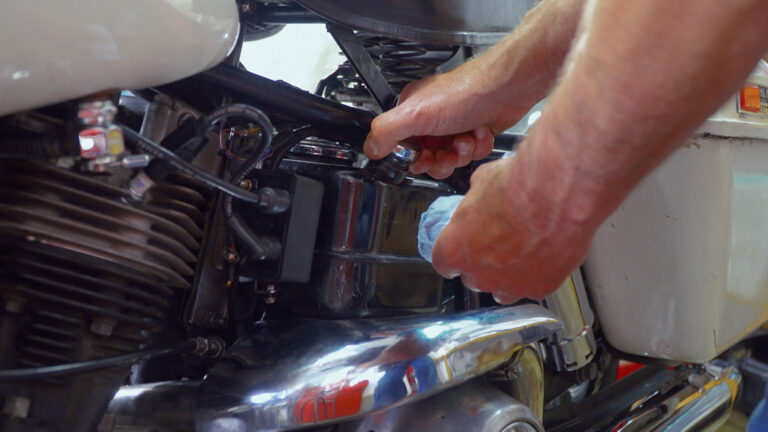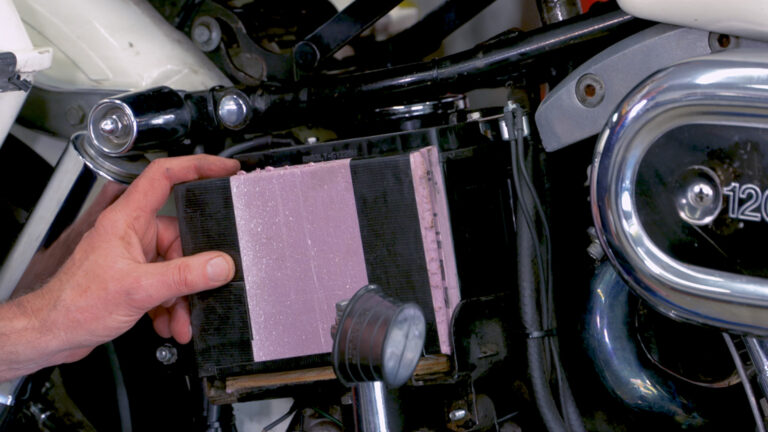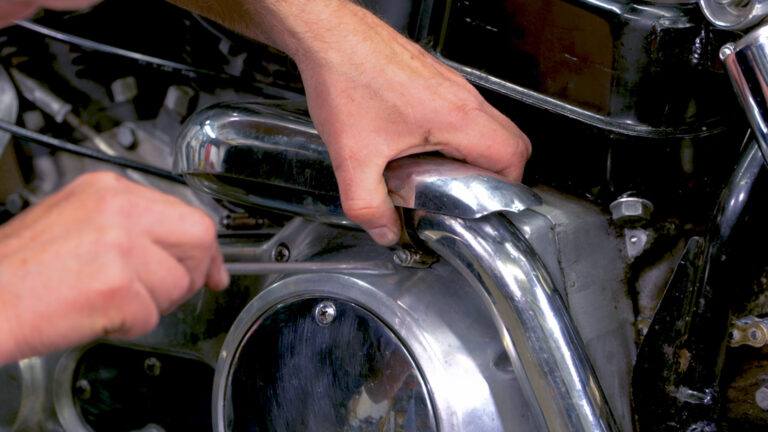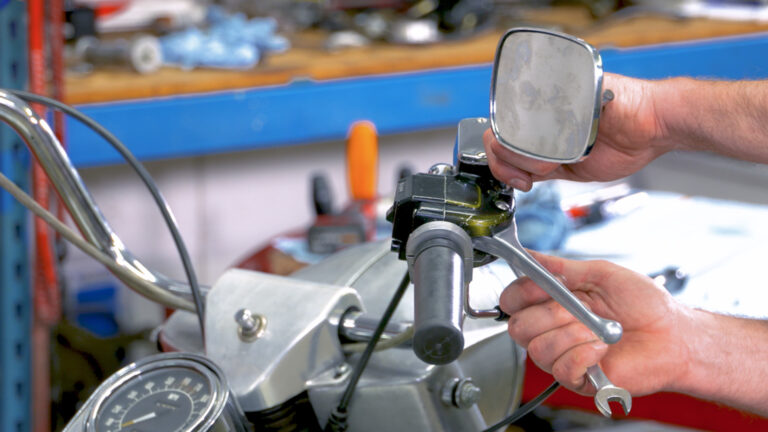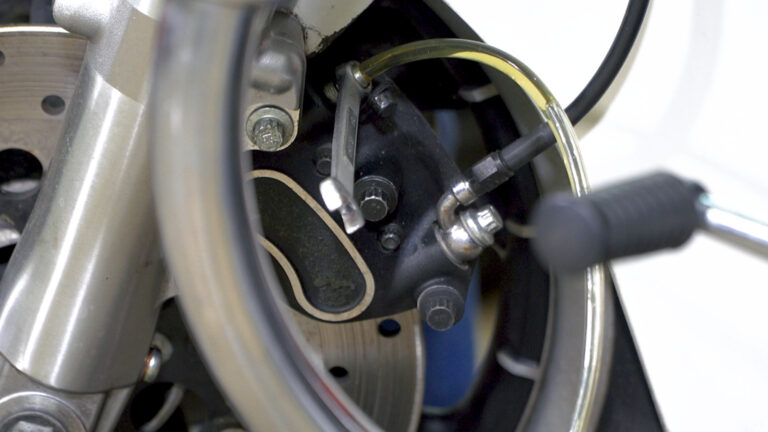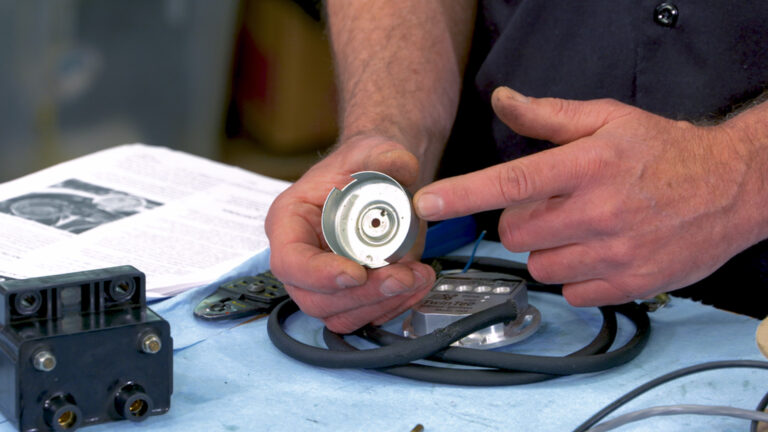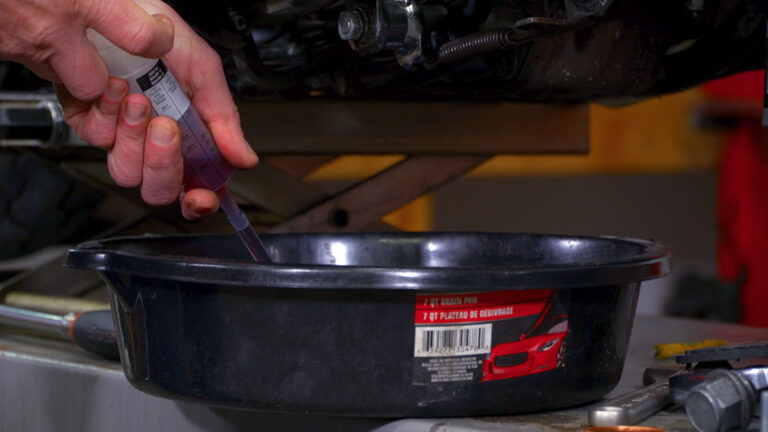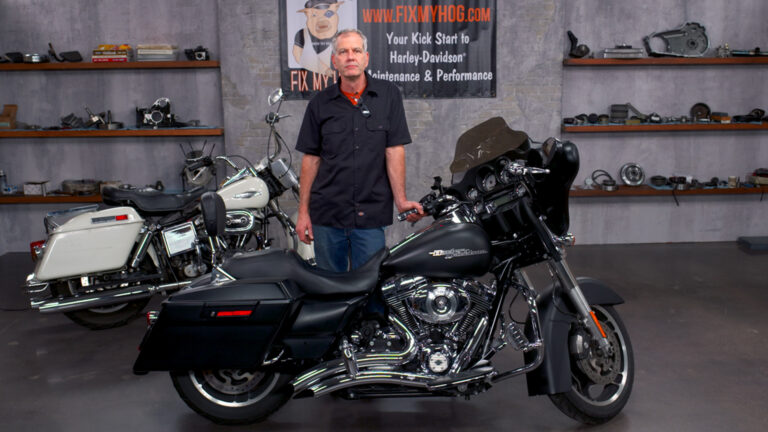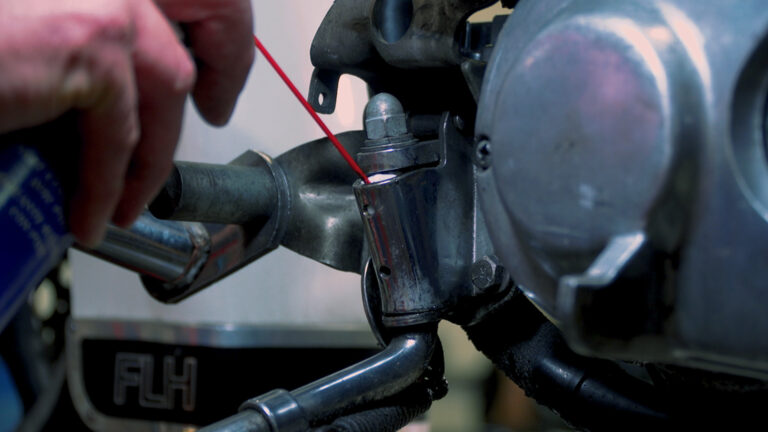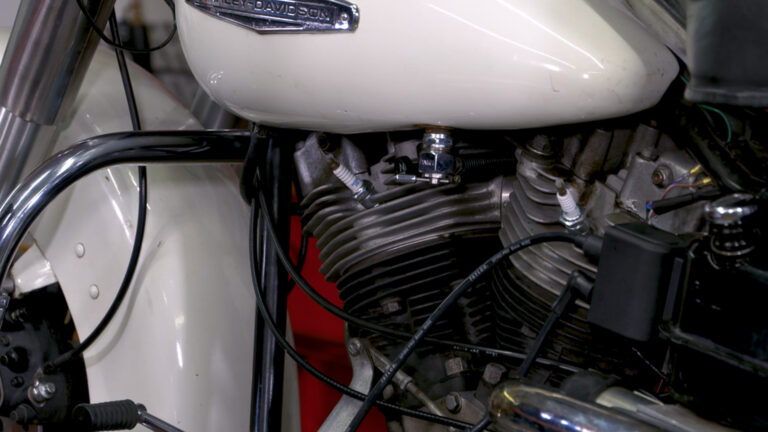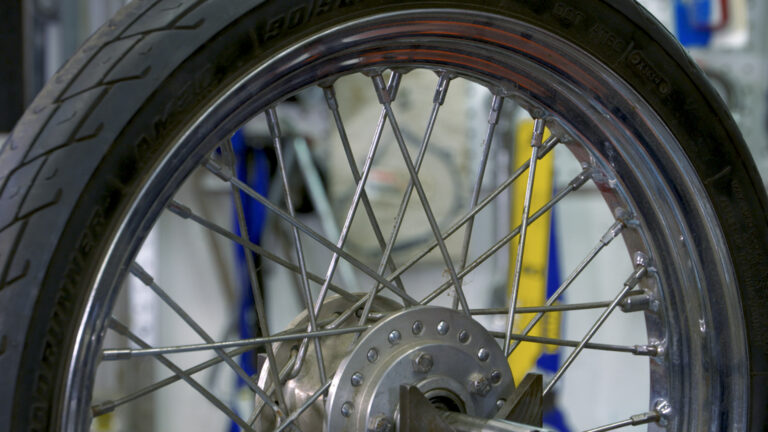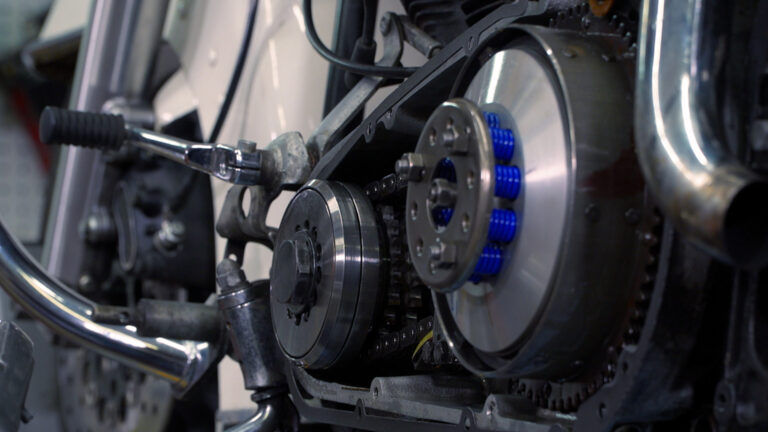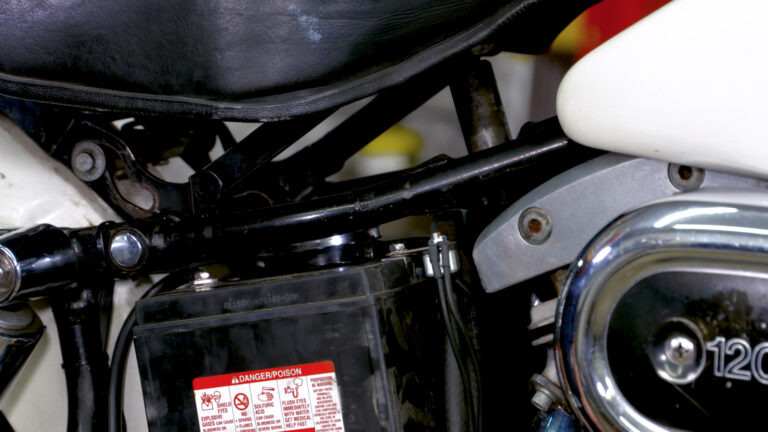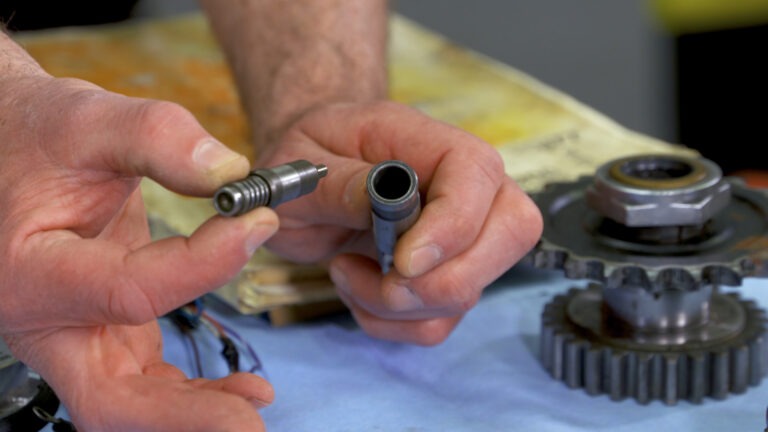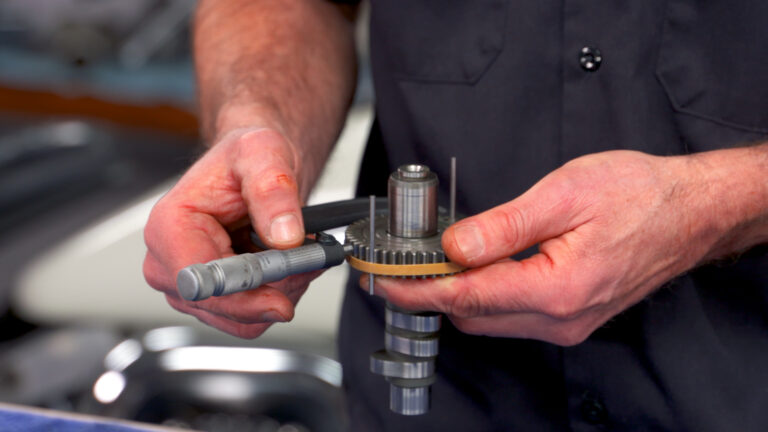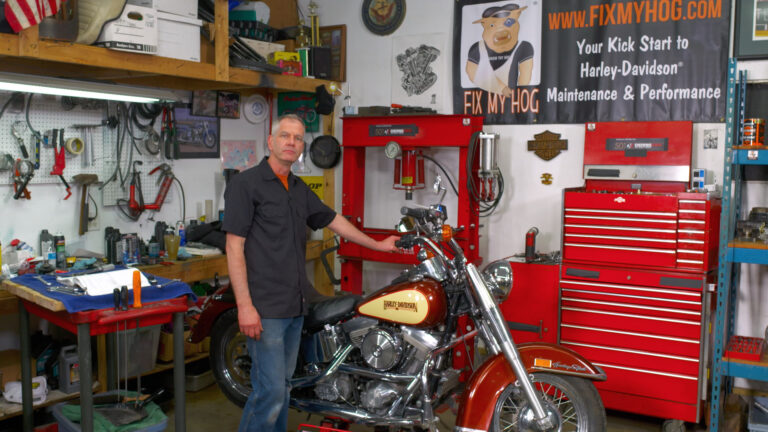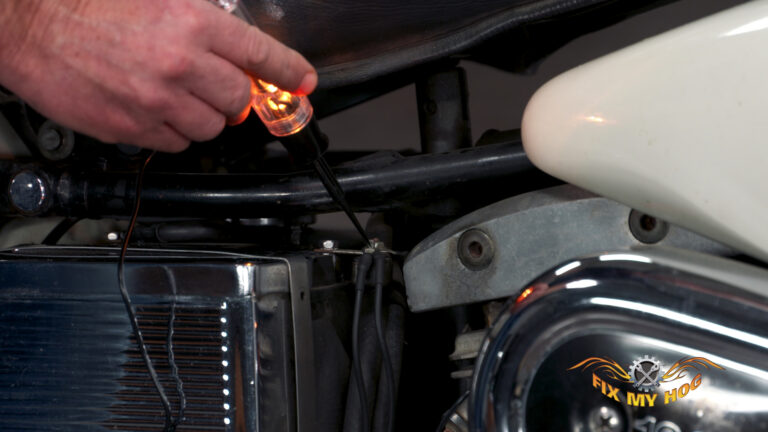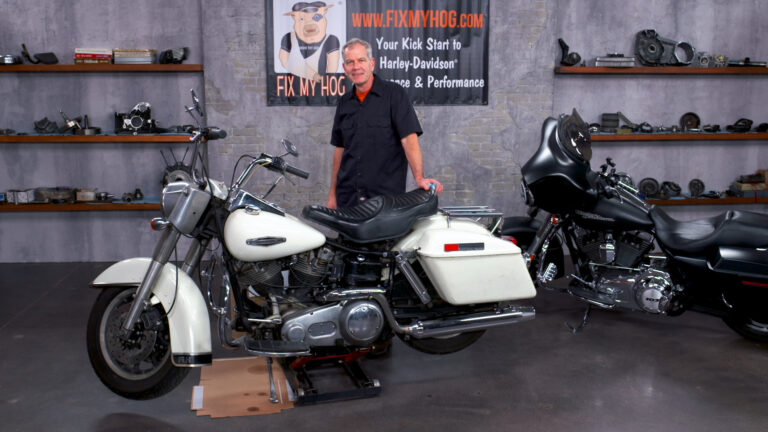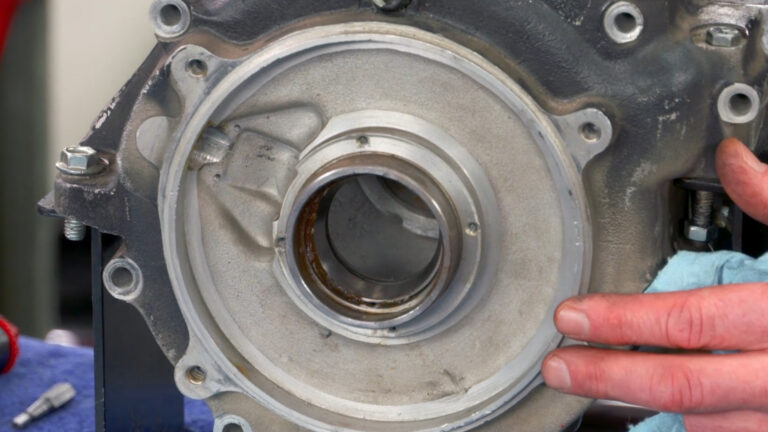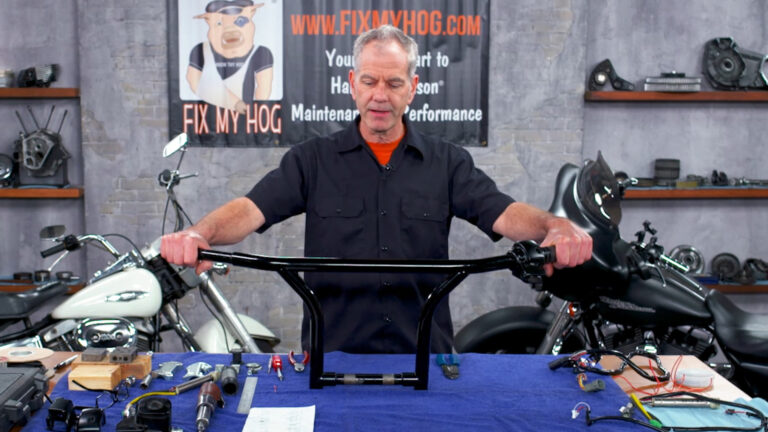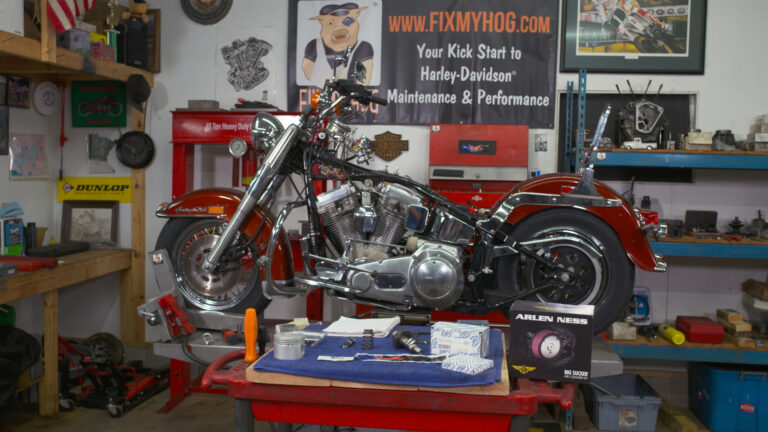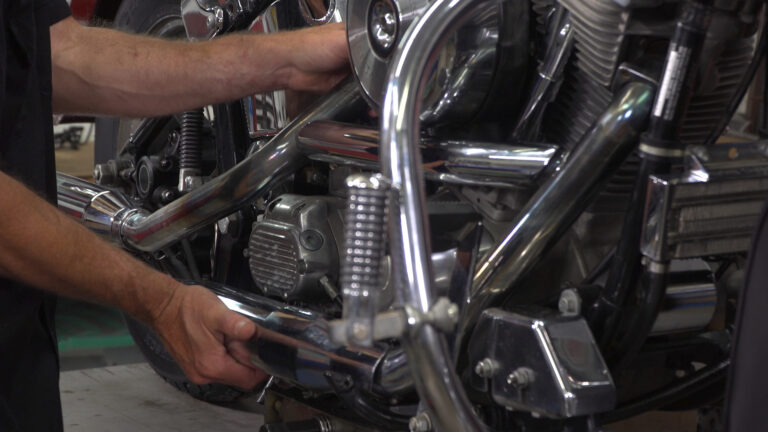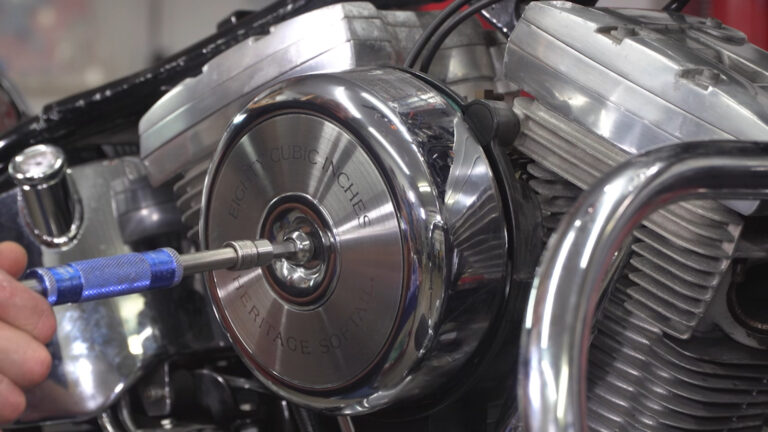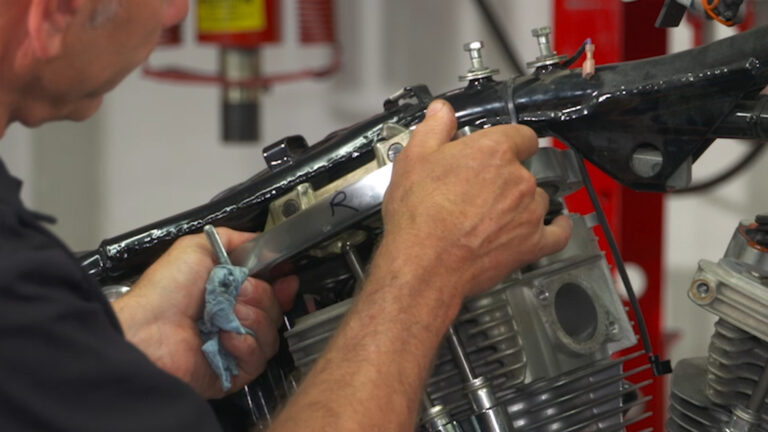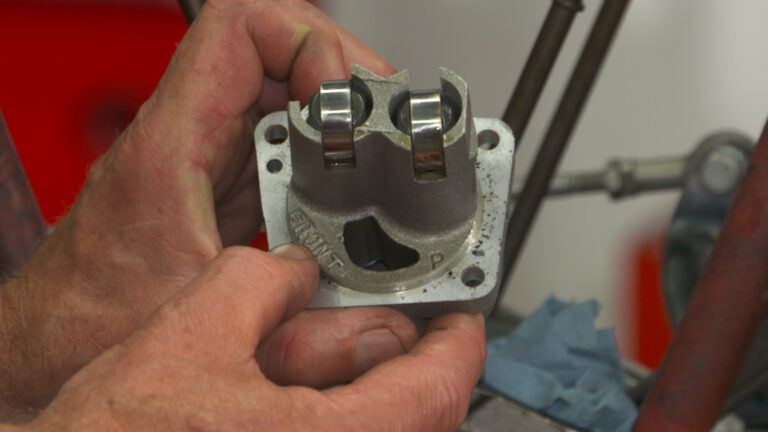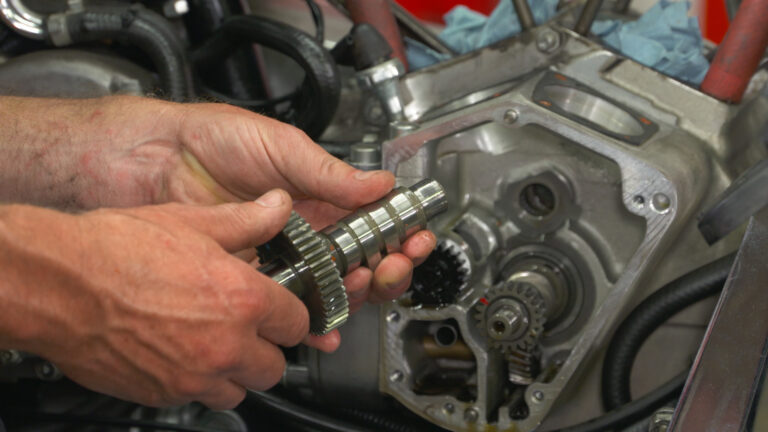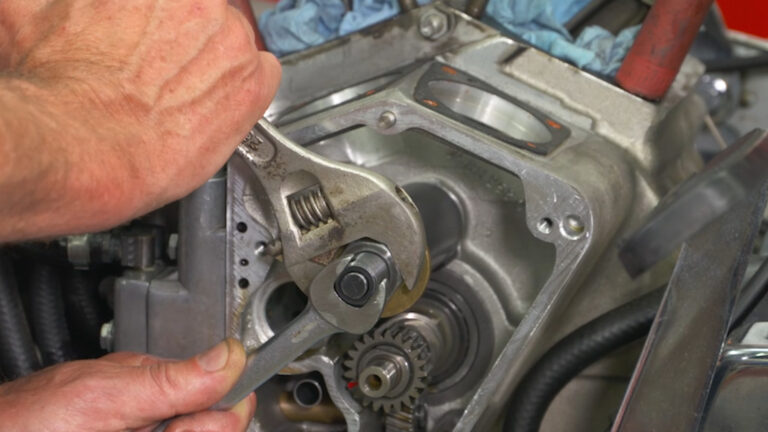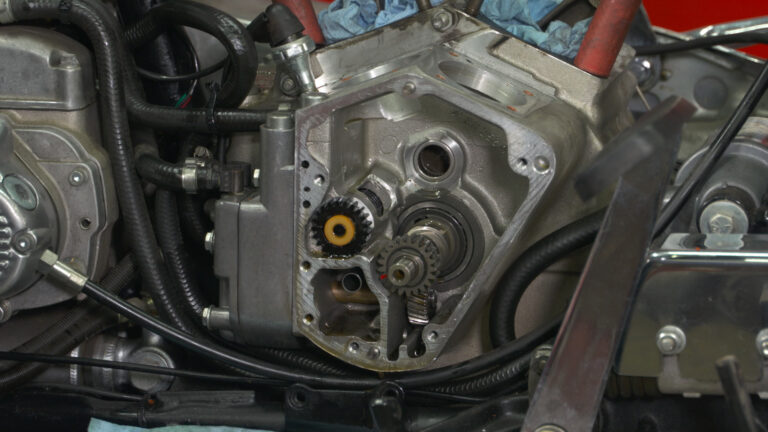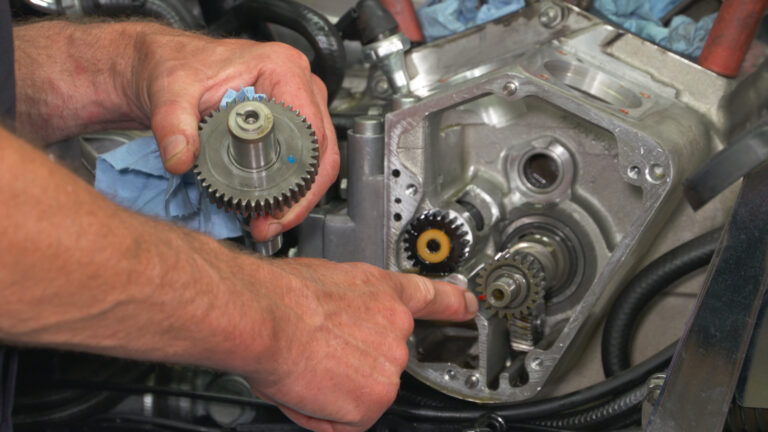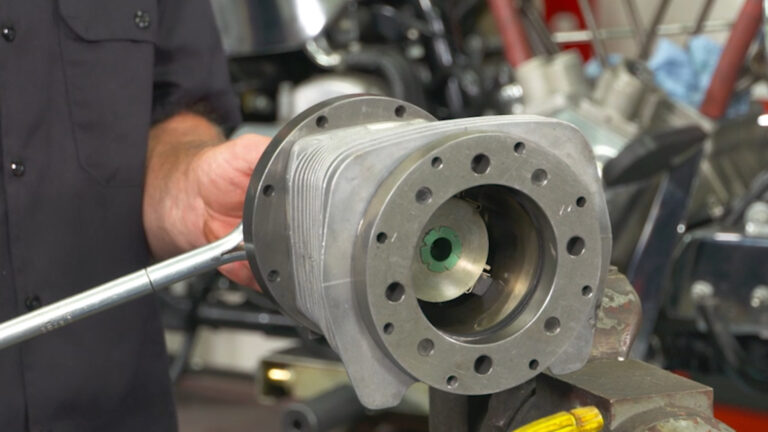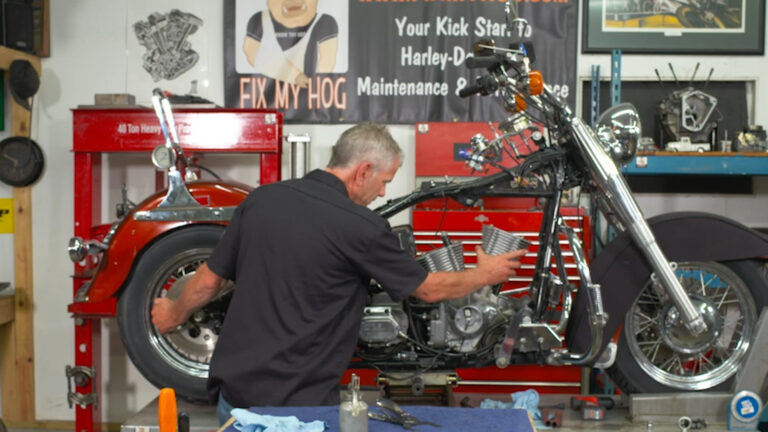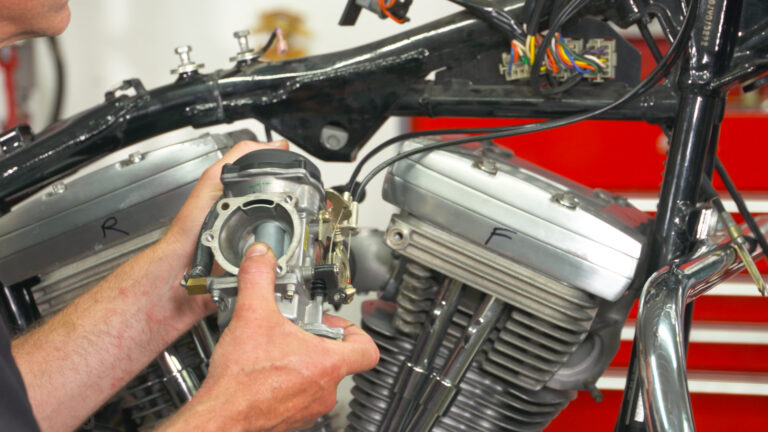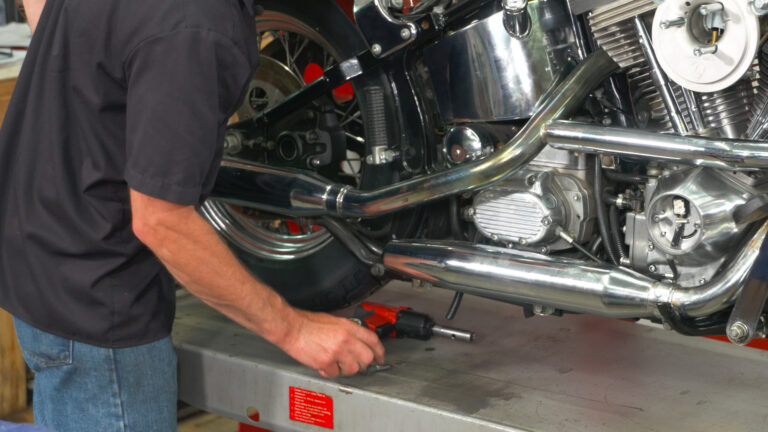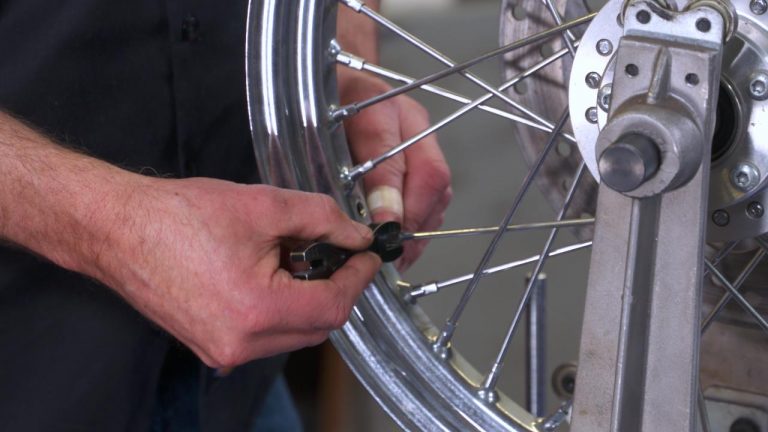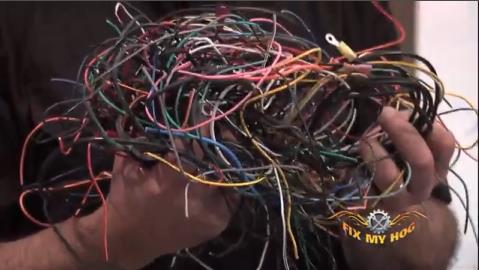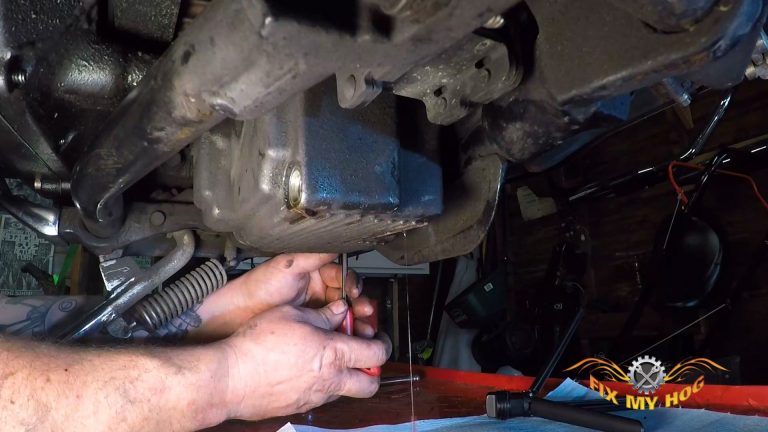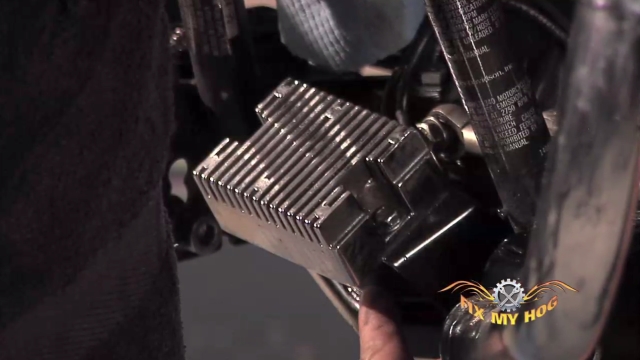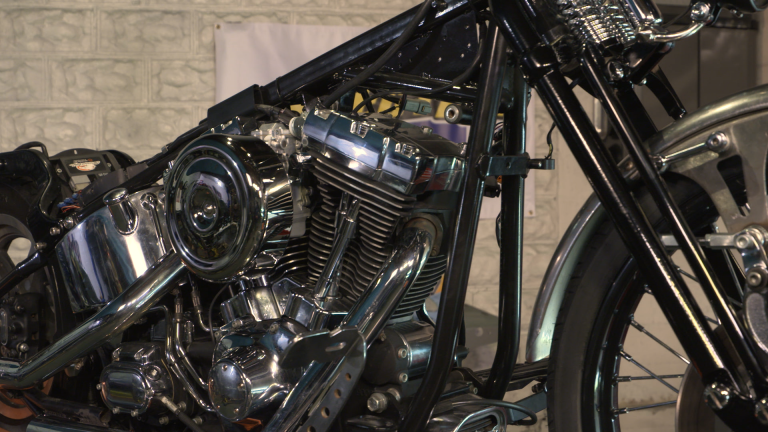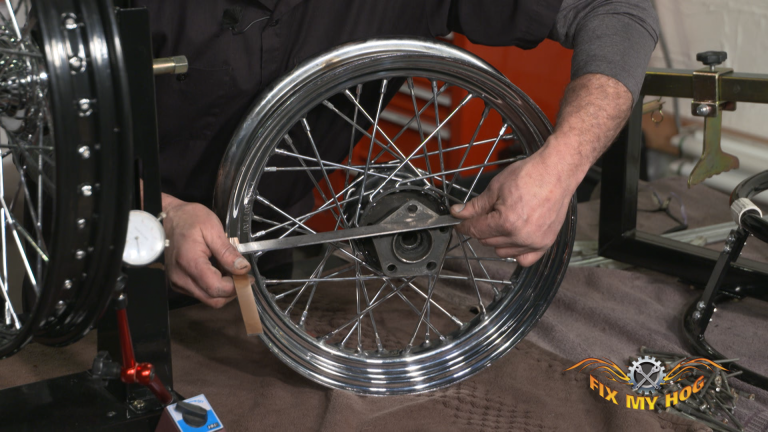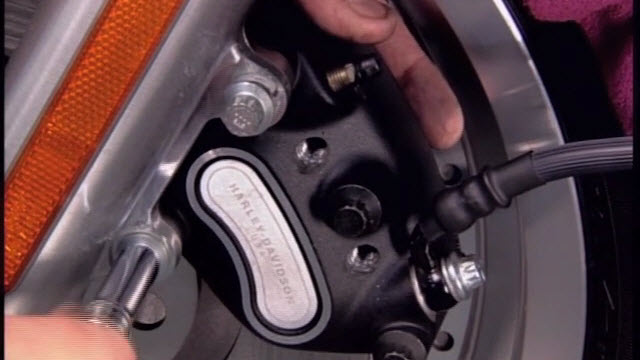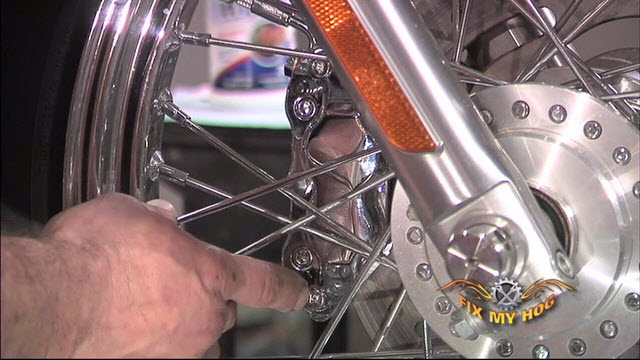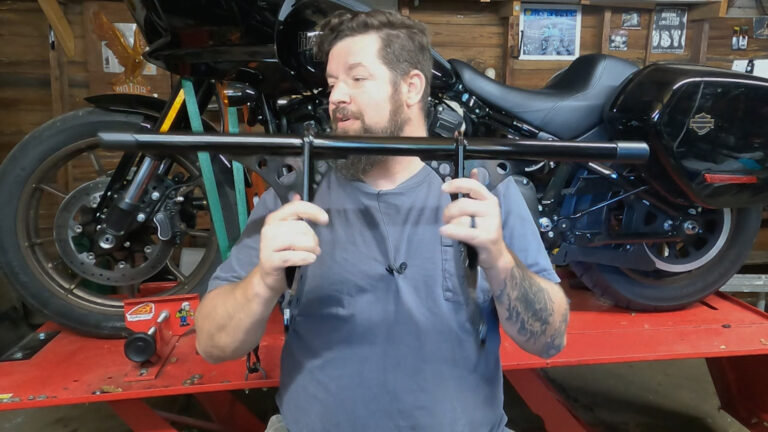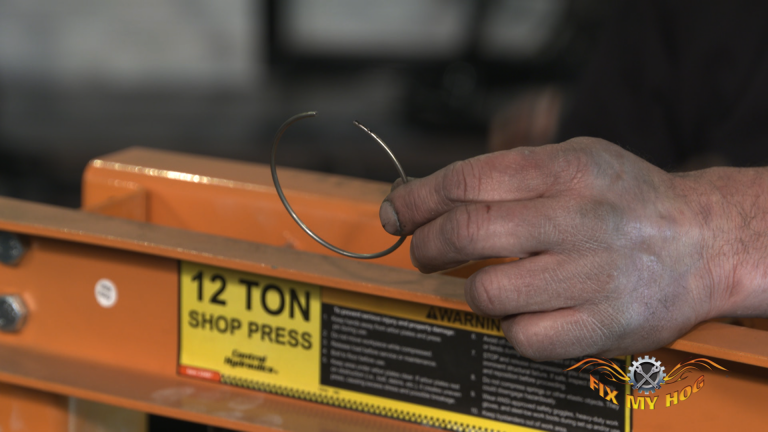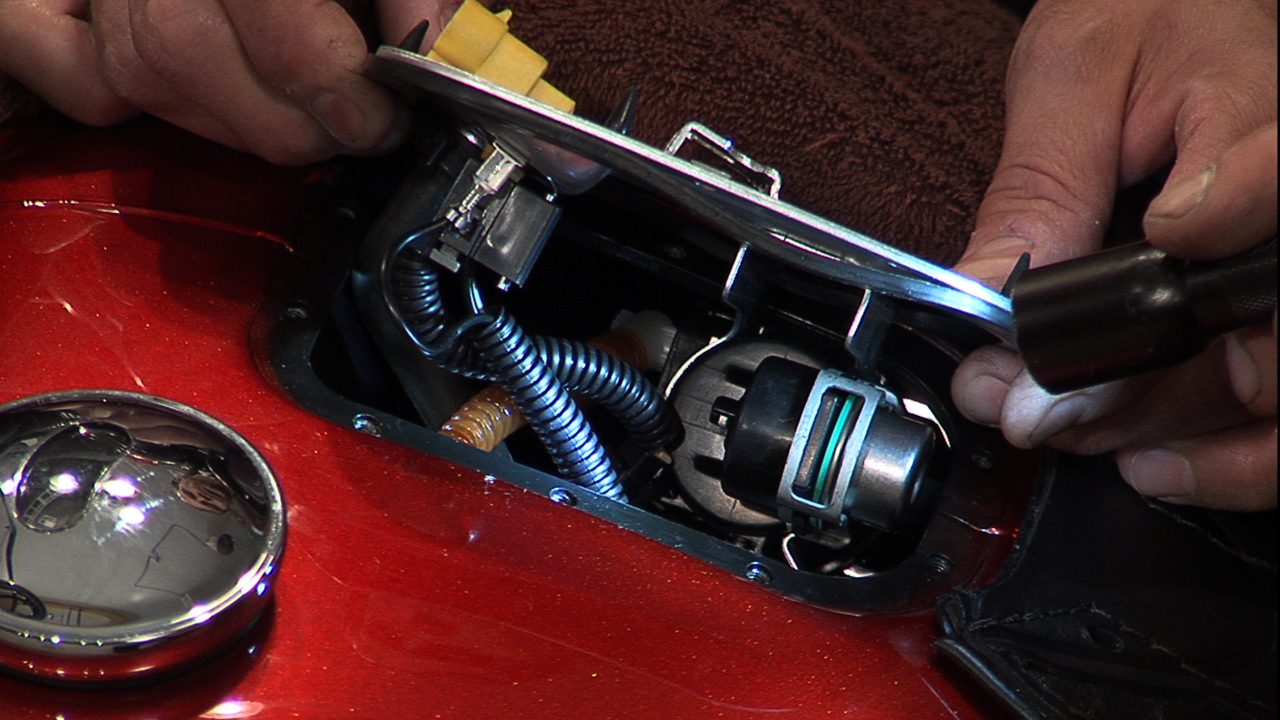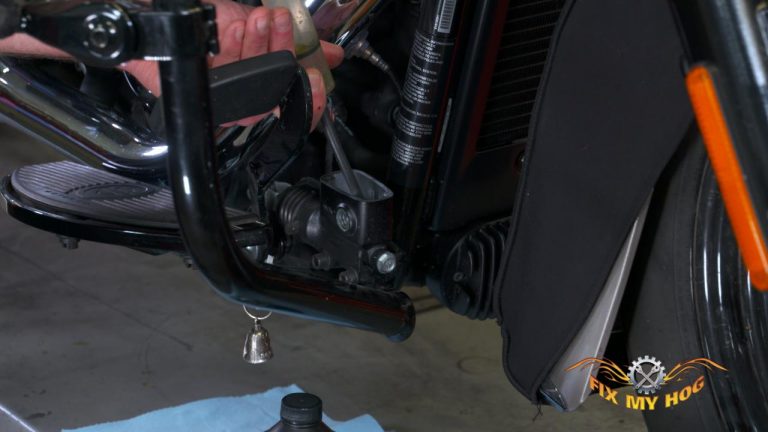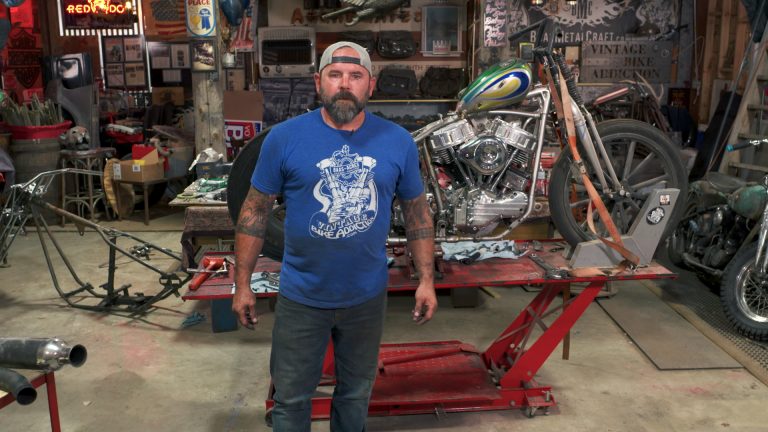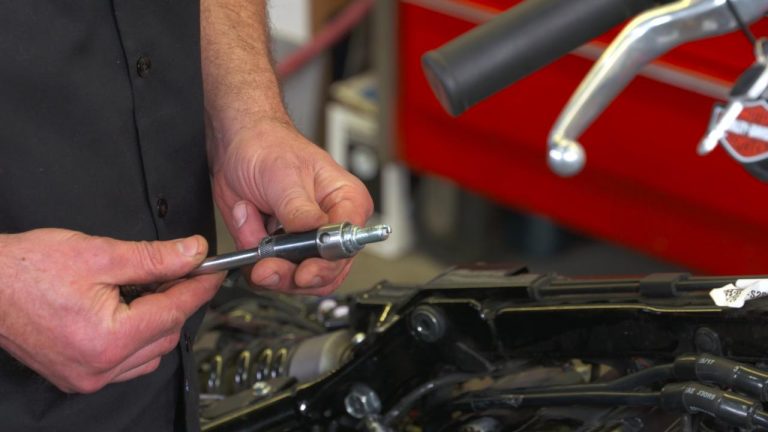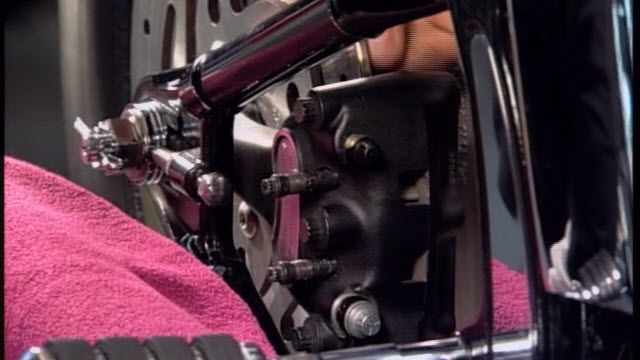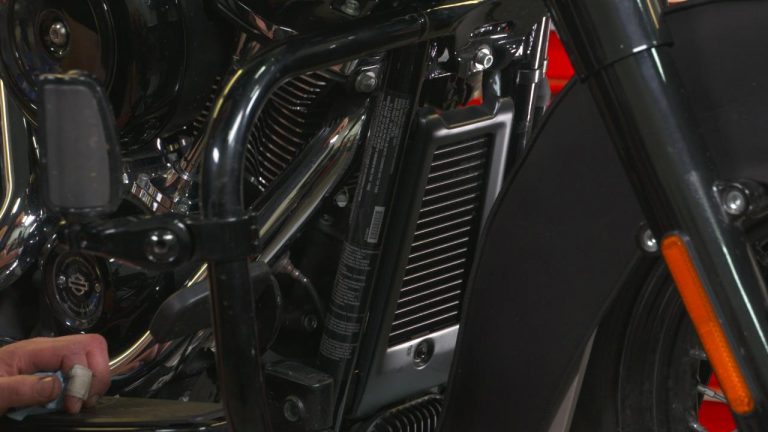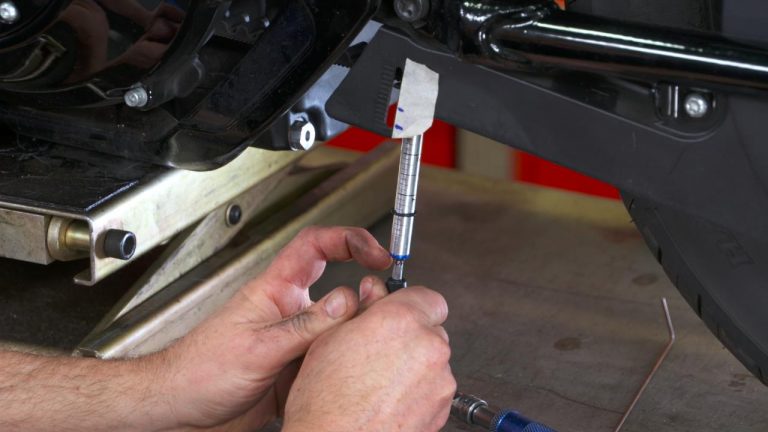
Check Harley Rear Wheel Spokes: Tire Pressure and Tread
Mike RoenIt is extremely important to inspect the Harley rear wheel spokes for proper tightness at regular maintenance intervals. If Harley spoke wheels become and remain loose from neglect, it can not only be very damaging to the wheel, but riding conditions will become extremely dangerous.
If you have never experienced riding on loose Harley rear wheel spokes, it is an unnerving feeling. You will have a lack of control and feel completely unstable, especially when leaning. It is more common to have spokes loosen in the Harley rear wheel. This gives you an uncontrolled, shifting, feeling beneath you.
Checking for correct Harley spoke wheels tightness or tension is not difficult to do. You will need to invest in a spoke wrench. It is not an expensive tool. You don’t need to purchase it from Snap On or Mac Tools. If you search online, you will see that there are a number of options. Also, another option is to purchase the tool from Harley Davidson. The factory service manual for your year and model should list a Harley part number for the specific tool for your spoked motorcycle rim.
We do not recommend using a standard open end wrench for spoke adjustments. This type of wrench will often flex and does not cover enough surface area to turn the spoke nipple. Trying to use a standard, open end wrench will typically result in stripping the flats of the adjusting nipple.
To check or adjust spokes, you will need to secure the motorcycle and raise the Harley rear wheel that is to be inspected. Use the valve stem as a starting reference point. Then, make small adjustments on any loose spokes as you make your way around the rim. Never over tighten any, one area of the rim as you will render the rim out of true.
A rim that has many loose spokes will need to be professionally re-trued. This means, stripping the Harley spoke wheels so that the rim can be mounted on a trueing stand. Here a mechanic can use a dial indicator to continuously measure radial and lateral run-out as the spokes are tightened and adjusted. Lateral run-out is side to side movement of the rim. Radial run-out (also called “hop”) is up and down movement of the rim.
We, all too often, see riders running tires that are well beyond worn.
Here is a list of times when motorcycle tires should be replaced:
- Sidewall puncture
- Damage that can not be repaired
- Tire with a puncture larger than 0.25 inches
- Tires more than 7 to 10 years old
- Weather-checked (cracked around the circumference), often due to UV or fluorescent exposure
- Tire that has been run with exceedingly low pressure (damage is typically seen as a circumferential ring that looks “rubbed in”)
- Tire with cuts or slices
- Tire with missing tread blocks
- Tire that is worn (less than 2/32 of an inch of tread in any area)
- Tires displaying tread wear indicators
- Tires that have cross section significantly altered (flatter or more pointed due to uneven wear)
- Tires that are feathered or cupped and are making noise or exhibiting a choppy ride; some front tire cupping is normal, but a worn tire may exhibit severe feathering
If you are unsure about the condition of a Harley rear wheel, ask your mechanic. It is good to know somebody that is trustworthy and not simply trying to make a quick sale.
Explore videos by Mike Roen
You may be interested in
Premium Membership
Unlock exclusive member content from our industry experts.
- 24/7 Access to Premium Instructional Videos, Projects, and Tips
- Step-by-Step Guides and Demonstrations
- 50% Discount on Video Downloads in the Fix My Hog Shop
- Access to Ask the Expert Program
Unlock exclusive member content from our industry experts.
- 24/7 Access to Premium Instructional Videos, Projects, and Tips
- Step-by-Step Guides and Demonstrations
- 2 Full-Length Video Downloads to Watch Offline
- 50% Discount on Video Downloads in the Fix My Hog Shop
- Access to Ask the Expert Program
Gold Membership
$302 Value
Get everything included in Premium plus exclusive Gold Membership benefits.
- 24/7 Access to Premium Instructional Videos, Projects, and Tips
- Step-by-Step Guides and Demonstrations
- 16 Full-Length Video Downloads to Watch Offline
- Discounts on Purchase-to-Own Content in the Fix My Hog Shop
- Access to Ask the Expert Program
- Exclusive GOLD LIVE Streaming Events
- $8 Off Clymer and Haynes Service Manuals

